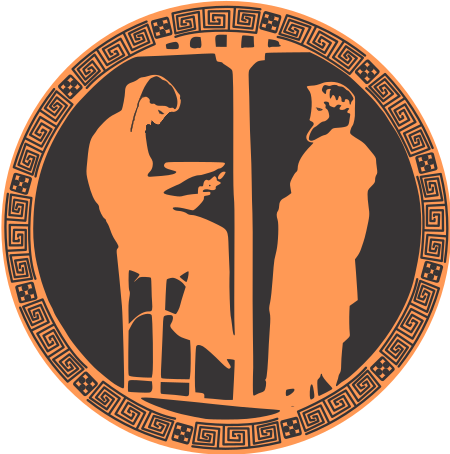Welcome to PYTHIA
PYTHIA is a program for the generation of high-energy physics collision events, i.e. for the description of collisions at high energies between electrons, protons, photons and heavy nuclei. It contains theory and models for a number of physics aspects, including hard and soft interactions, parton distributions, initial- and final-state parton showers, multiparton interactions, fragmentation and decay. It is largely based on original research, but also borrows many formulae and other knowledge from the literature. As such it is categorized as a general-purpose Monte Carlo event generator.
Download and install PYTHIA 8.316
The current version is PYTHIA 8.316.
To get going with the program, do the following (on a Linux or Mac OS system):
-
Download the file pythia8316.tgz to a suitable location.
-
Unzip and expand it with
tar xvfz pythia8316.tgz. -
Move to the thus created
pythia8316directory. -
Read the
READMEfile in it for installation instructions, and apply them. (If you are not going to link any external libraries, or have any other special demands, you only need to typemake.) -
Move to the
examplessubdirectory and read theREADMEfile there for instructions how to do some test runs. (Again, if you do not link to external libraries, you only need to typemake mainNNNfollowed by./mainNNN > mainNNN.log, whereNNNis a three-digit number, corresponding to the example name.
Documentation for PYTHIA 8.316
All necessary information how to run the program is available in subdirectories of the pythia8316 directory you unpacked above. You can find a complete overview of documentation for the latest, and previous, versions of PYTHIA on the documentation page.
Links to relevant documentation for the most recent version are collected here:
-
The PYTHIA 8.3 manual A comprehensive guide to the physics and usage of PYTHIA 8.3 is the main reference for PYTHIA 8.3. It can be found and cited as arXiv:2203.11601 [hep-ph], published in SciPost Phys. Codebases 8 (2022).
-
The current online HTML manual can be accessed if you open the
pythia8316/share/Pythia8/htmldoc/Welcome.htmlfile in a web browser. -
The Update History forms an integral part of the manual.
-
So does the description of existing main programs, which offers many hints how to address various programming issues.
-
The distribution also comes with a PYTHIA 8.3 Worksheet, primarily intended for summer schools, but also suitable for self-study, to get going. For the merging study the option exists to download larger LHE files than come with the standard PYTHIA distribution:
-
Several presentations on the status and development of PYTHIA can be found on the talks page.
-
The external MCplots web site contains extensive browsable validation plots for PYTHIA 8 and comparisons to other generators, based on the Rivet analysis preservation system and the Test4Theory project on LHC@home.
-
The Doxygen representation for PYTHIA 8.316 offers a quick way to look up classes and methods, but is not a replacement for the manual. Doxygen representations for previous versions are linked on the documentation page.
-
The PYTHIA 8.3 manual supersedes the previous manual, An Introduction to PYTHIA 8.2, which for completeness is still available in
pythia8316/share/Pythia8/pdfdoc/pythia8200.pdf, for an overview. The PYTHIA 8.2 manual is available as arXiv:1410.3012 [hep-ph], and has been published in Comput. Phys.Commun. 191 (2015) 159. -
In addition, the older PYTHIA 6.4 Physics and Manual and A Brief Introduction to PYTHIA 8.1 should by now be considered outdated, but may of course still contain interesting material.
